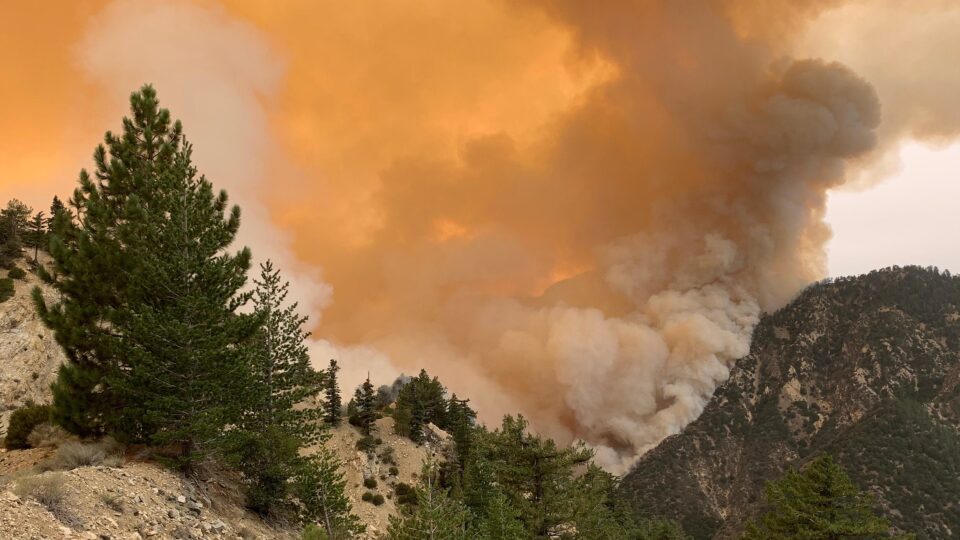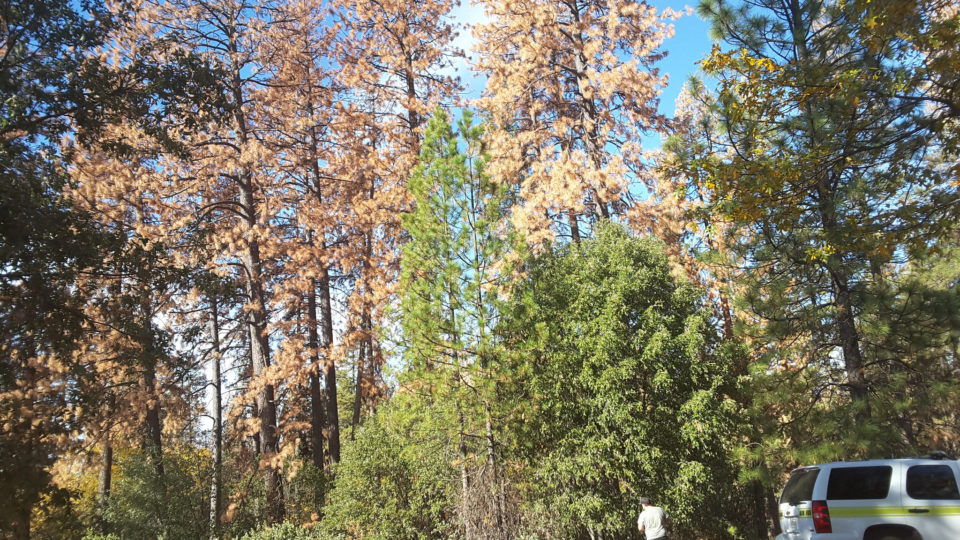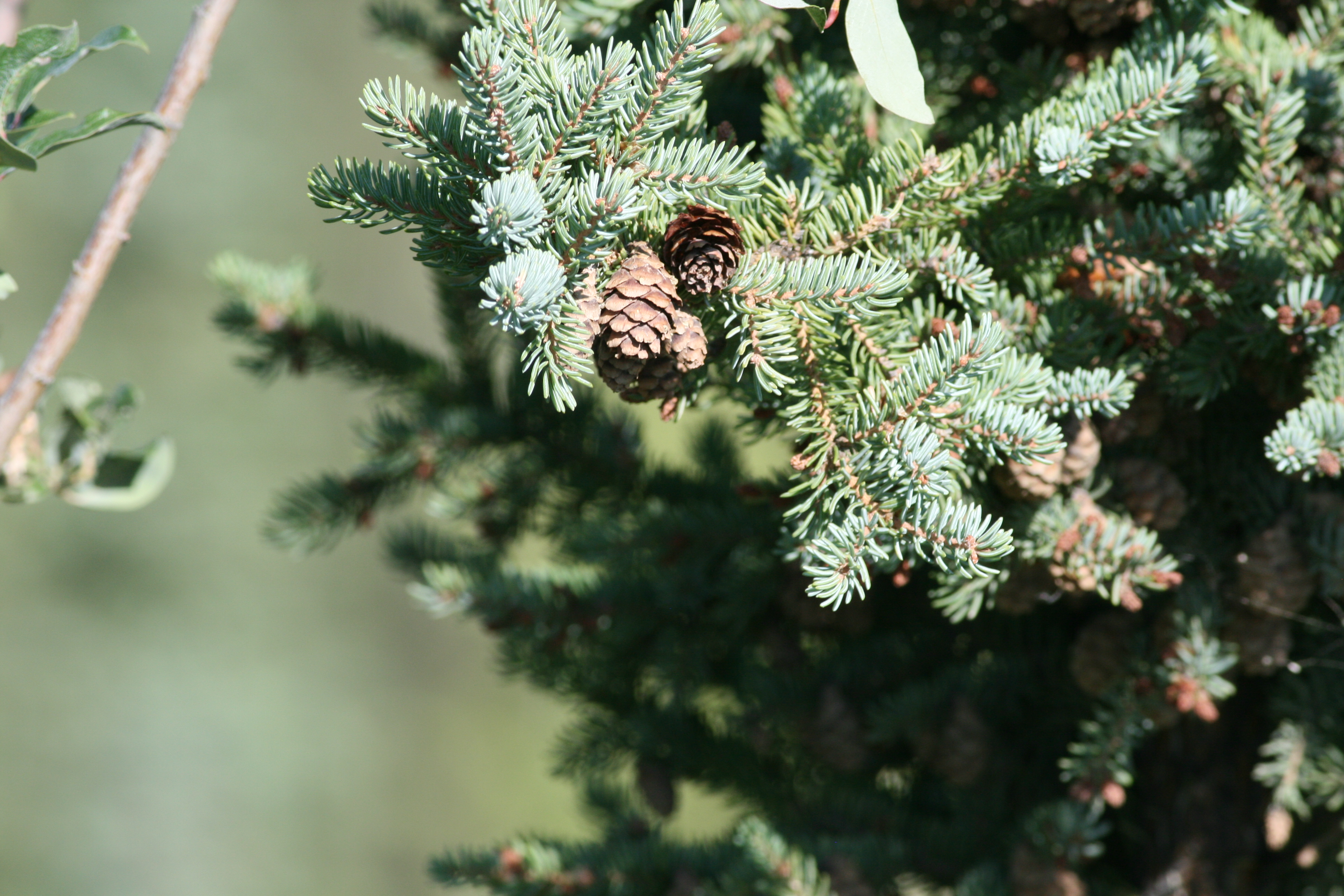The western United States is entering the fire season under much worse drought conditions than last year. Last year, 15,800 square miles burned in the U.S., mostly in the West.
The western U.S. is in the midst of a 20-year mega-drought. Rainfall in the Rocky Mountains and farther west was the second lowest on record this April. The soil in the western half of the country is the driest it has been since 1895.
The situation is particularly bad in California and the Southwest. In March, less than a third of California was experiencing extreme or exceptional drought. Now, 73% of the state is. A year ago, a record-breaking fire season burned 4% of the state and, at that time, only 3% of California was in a state of extreme drought.
A year ago, no parts of Arizona, Nevada, or Utah were in extreme or exceptional drought. Now, more than 90% of Utah, 86% of Arizona, and 75% of Nevada face severe drought conditions. At this time last year, only 4% of New Mexico faced extreme drought but 77% does now.
These extreme drought conditions, which are believed to be linked to climate change, are causing increased tree mortality among many species, ranging from junipers in the Southwest even to drought-tolerant blue oaks in the San Francisco Bay Area.
Conditions are extremely ripe for a lot of forest fire this year. Last year was a terrible year for wildfires in the West and we are heading into a fire season with much drier fuels than there were last year. The risks of great damage from wildfires are higher than ever.
**********
Web Links
US West Enters Fire Season Facing Extremely Dry Conditions
Photo, posted September 18, 2020, courtesy of USFS/National Interagency Fire Center via Flickr.
Earth Wise is a production of WAMC Northeast Public Radio.


